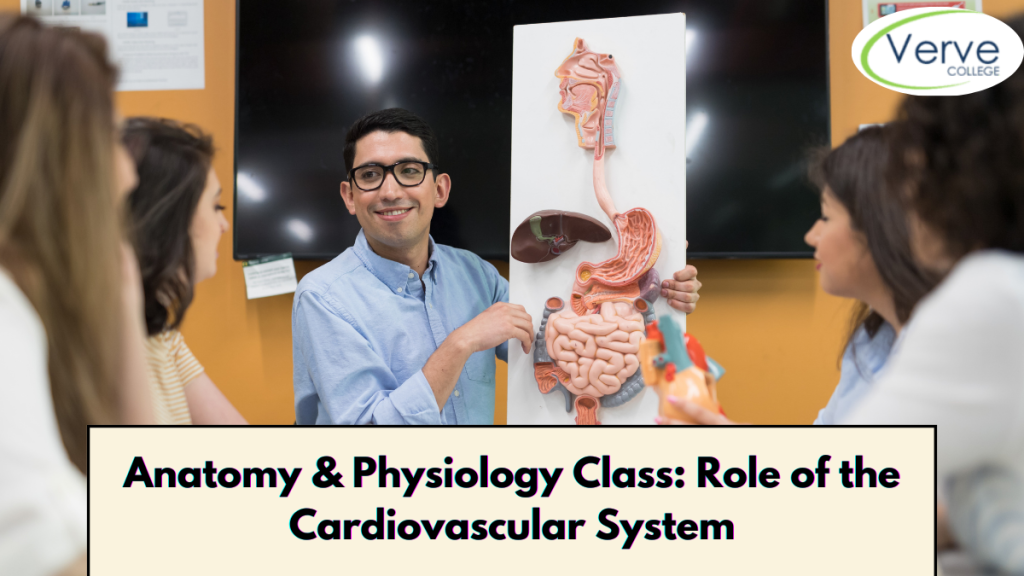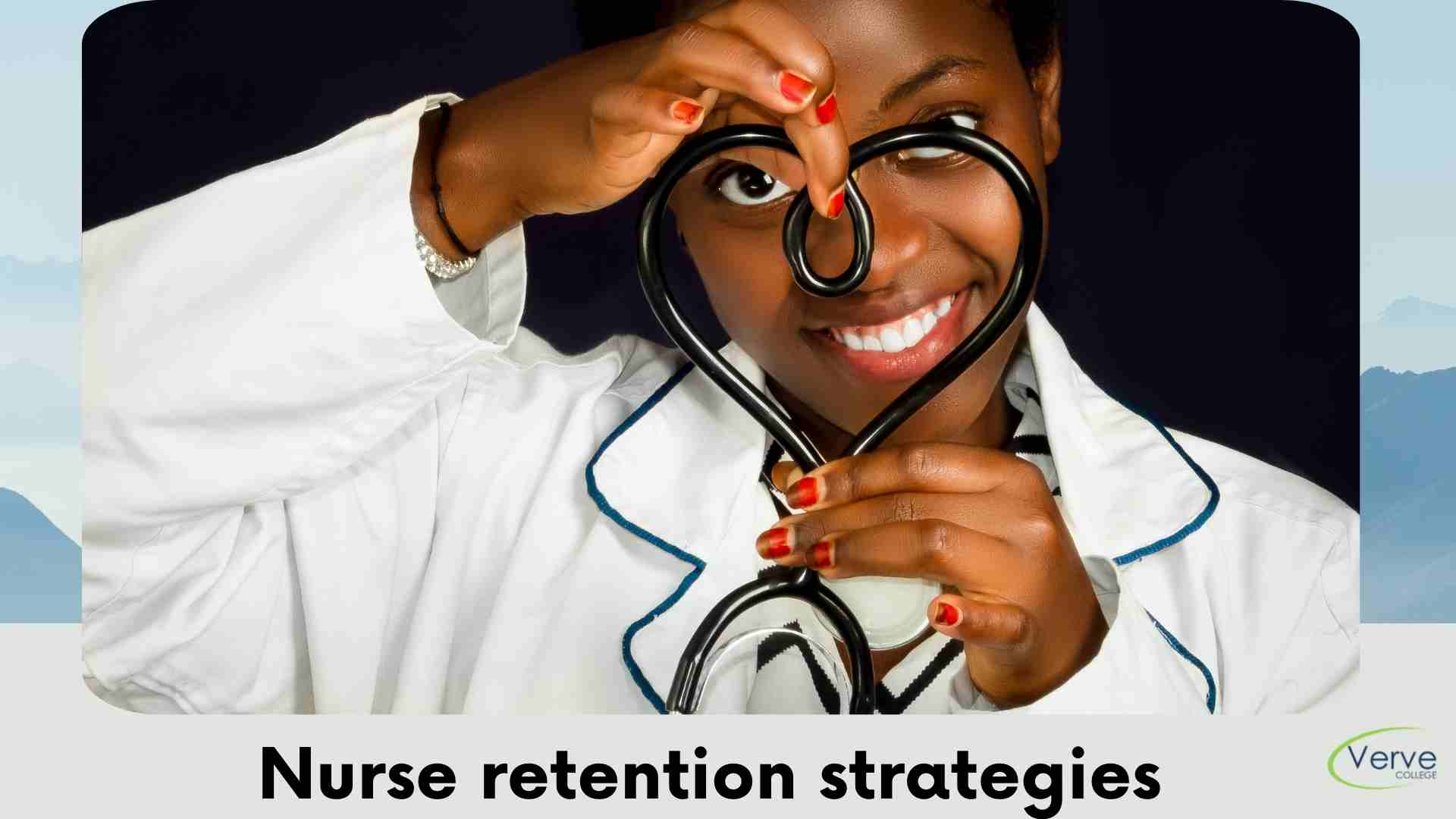- Oak Brook:(630) 705-9999
- Chicago:(312) 920-8822
- Email:inquiry@vervecollege.edu
- Make a Payment
- Home
- Programs
- Admission
- Resources
- ATI Entrance Exam Resources
- New E-Digital Library
- Refer a Friend
- School Newsletter
- Events
- Employers
- Job-Network
- Alpha Beta Kappa Candidates
- Verve College Library
- Graduation and Pinning Ceremony Photo Galleries
- Textbook Information
- Career Services
- Tutoring
- School Catalog
- FAQ
- Constitution Day Program
- Alumni
- Verve College Plans
- Financial Aid
- HEERF Reporting
- Satisfactory Academic Progress
- Apply For Financial Aid
- Net Price Calculator
- Return of Title IV Funds (R2T4)
- Financial Aid Office Code of Conduct
- Contact
- FAQs
- Verification Policy
- Vaccination Policy
- Student Right-to-Know Act
- Misrepresentation
- Information Security Program
- Academic Award Year
- Availability of Employee
- Cost of Attendance
- Health & Safety Exemption Requirement
- Students Rights and Responsibilities
- Leave of Absence
- Pell Formula
- Military Students
- Grants/ Scholarship Policy
- Contact Us
- Login
- Testimonials
- Blog
Is a Nursing Career Right For You?
Take The Free Quiz
Anatomy & Physiology Classes: Role of the Cardiovascular System
Anatomy & Physiology Classes: Role of the Cardiovascular System
Your cardiovascular system, or circulatory system, comprises your heart and the many blood vessels throughout your body. The intricate network of blood vessels that connect to your heart is used to supply oxygen and other essential nutrients to your entire body.
What is the Cardiovascular System?
The network removes things your body doesn’t need and transports them to organs capable of eliminating waste. Your blood transports oxygen, nutrients, and waste throughout your body. In healthcare professionals, the health care team provides the best cardiovascular support. Some medical professional colleges and nursing institutes provide the best courses on advanced practice nurse and educational systems. Search for anatomy & physiology classes for a career path to learn more.
Function
What is the Role of the Cardiovascular System?
Your body’s cardiovascular system ensures it gets the oxygen, nutrients, and other necessities it needs and gets rid of the ones it doesn’t. Even when you are asleep, your heart circulates blood throughout your body. Your healthcare team provider can hear your heartbeat. Your heart is making magic in your body by making this sound. Your heart pumps about 2,000 liters of blood per day. Veins transmit blood from your heart to certain blood vessels, whereas arteries move blood away from your heart..
Two Vital Circulation Processes
Pulmonary Circulation: Blood without oxygen enters the right side of your heart. It is then sent to the lungs for oxygenation and carbon dioxide removal. The oxygenated blood then flows back through your left side.
Systemic Circulation: Blood that has just received oxygen from your lungs and is returning through the left side of the heart is pushed out to all your cells for oxygen and nutrients. When blood is devoid of oxygen, the cycle begins all over again.
Anatomy
What Does the Cardiovascular System Look Like Structurally?
Your cardiovascular system is very important because your heart powers the system that gives your cells what they need and removes what they don’t. Your heart is connected to a network of blood vessels throughout your body.
Sewer or water lines may be visible beneath the street. These lines join to progressively smaller pipes that bring water into your home and remove sewage. The blood veins that enter and exit your heart are the largest in your body, comparable to the enormous pipes under the street.
What size is your cardiovascular system? The size of your heart is approximately the same as your fist. The blood vessels that run through your body are as long as your arms. What is the weight of your heart? Your heart weight can be affected by gender, body weight, and disease. It’s thought to range from 8 to 12 ounces. What makes up the cardiovascular system? The blood vessels comprise connective tissue, muscle, and elastic fibers. Muscles and other tissue make up the heart. It has four hollow chambers that allow blood to flow. Learn more in a&p class.
Related:-Understanding the Nervous System and Its Disorders in A&P Class
Conditions & Disorders
What are Some Common Conditions or Disorders That Can Affect the Cardiovascular System?
These are some common cardiovascular problems:
- Arrhythmia (abnormal heart rhythm).
- Heart attack.
- Heart valves that aren’t working right.
- Heart failure patients is a condition that affects the ability of your heart pump to pump.
What are the Most Common Symptoms and Signs of Heart Disease?
These are signs of a problem with your heart:
- Chest pain.
- Upper body pain
- Breathing difficulty
- Lightheadedness.
- Blood pressure high
What Are Some of the Most Common Tests Can Be Used to Assess the Health of Your Cardiovascular System?
- Electrocardiogram (EKG)
- Blood tests( to check diabetes from blood glucose monitoring- for diabetic patients).
- Echocardiogram (using sound waves for a picture of your heart and valves)
- Stress tests (treadmill test) – sometimes with imaging
- Cardiac CT (using X Rays and a computer for cross-sectional images).
- A positron emission tomography scan (PET) is a method of detecting radioactive drugs absorbed easily by diseased cells and creating an image using that information.
- Cardiac MRI (a large magnetic field and radio waves are used to create images)
- Angiogram (heart catheterization).
- Healthcare providers can use ultrasound to examine your blood vessels and other physical exams. This is all done by clinical nurse specialists under the care of patients.
What Are Some Common Treatments for the Cardiovascular System?
- Medical care procedures like angioplasty.
- Surgery (such as installing a pacemaker).
- Medicines.
- Lifestyle changes
Conclusion:
Your heart and blood vessels are the most important parts of your cardiovascular system. Your body’s cells receive a steady oxygen supply from your blood when your cardiovascular system works well. The blood vessels also filter out carbon dioxide and other harmful substances. You have the power and ability to keep your heart health issues and blood vessels strong. Maintain a healthy lifestyle and mental health. Ask your provider or experienced nurses for help in keeping your heart healthy, monitoring weight loss, and having a healthy weight(weight management). It is a good career. To learn more about Anatomy & Physiology Class: Role of the Cardiovascular System, search for anatomy classes near me for educational experience (education program) for a career in nursing with practical experience.
 Sign up
Sign up Login
Login




